If you’ve ever felt stuck while sketching people, you’re not alone—drawing the human body can be challenging, especially when it comes to getting the proportions and structure right from the beginning. A body drawing base gives you a simple framework to build figures accurately and confidently, making it easier to focus on pose, movement, and details. With the right approach, you can use these foundational techniques to create lifelike characters and lively artwork.
Understanding how to break the body down into basic shapes and guidelines helps you master proportions and capture dynamic poses. Using body drawing bases lets you practice gestures, improve your work faster, and troubleshoot mistakes more easily. As you keep drawing, you’ll notice improvement in drawing everything from limbs to more subtle features.
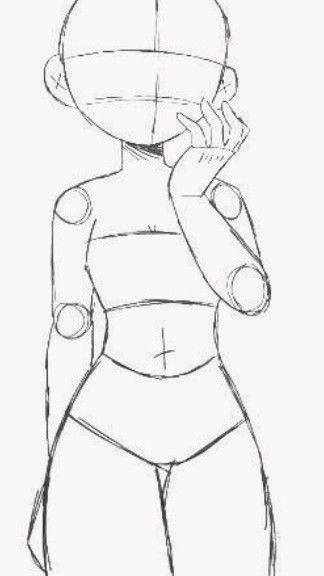

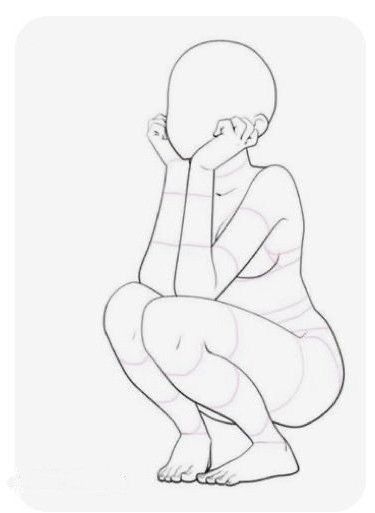
Key Takeaways
- Using a body drawing base helps you sketch accurate human figures.
- Breaking down complex figures improves confidence and skill.
- Practicing with body bases builds up your ability to capture movement and detail.
Understanding the Body Drawing Base
A strong body drawing base is essential for learning how to sketch the human figure accurately. By starting with simple shapes and proportions, you can streamline the drawing process and achieve consistent results in figure drawing.
What Is a Body Drawing Base
A body drawing base is the simplified structure you create before adding details to your human figure drawings. It acts like a framework, outlining the body’s proportions and pose with basic shapes such as ovals, lines, and cylinders.
You use the base to map out the positions of the head, torso, arms, and legs. This skeleton helps you avoid anatomical mistakes and makes it easy to adjust poses during the sketching phase.
A clear drawing base is crucial for figure drawing because it provides a reference for muscle placement and body landmarks like the shoulders, elbows, and knees. By focusing on the major masses and their relationships, you lay the groundwork for a believable human figure.
Why Use a Drawing Base
Using a drawing base lets you plan your figure sketches quickly and accurately. A base helps you capture the overall gesture and movement, which is important for dynamic poses and complex action scenes.
With a solid base, you can check if body proportions are correct before you commit to details. This approach saves time and keeps your drawings from looking stiff or off-balance.
Many artists use the drawing base to experiment with different body types and poses. If something doesn’t look right, you can easily erase or redraw the base shapes without affecting the rest of your sketch. This flexibility is invaluable for both beginners and experienced artists refining their figure drawing skills.
Common Types of Bases
The most common body drawing bases include the stick figure, mannequin, and gesture line methods. Each offers different benefits depending on your drawing goals.
- Stick Figure: Uses straight lines for limbs and simple shapes for the head and joints. Great for blocking out poses.
- Mannequin Base: Breaks the body into 3D forms like cylinders and spheres. This helps illustrate volume and orientation.
- Gesture Line: Captures the general flow and movement of the figure with sweeping, continuous lines. Ideal for expressive sketching.
You can combine these approaches based on what works best for your workflow. Each base type can make your figure drawing process smoother, allowing you to focus on proportions, anatomy, and the dynamic quality of your human figures.
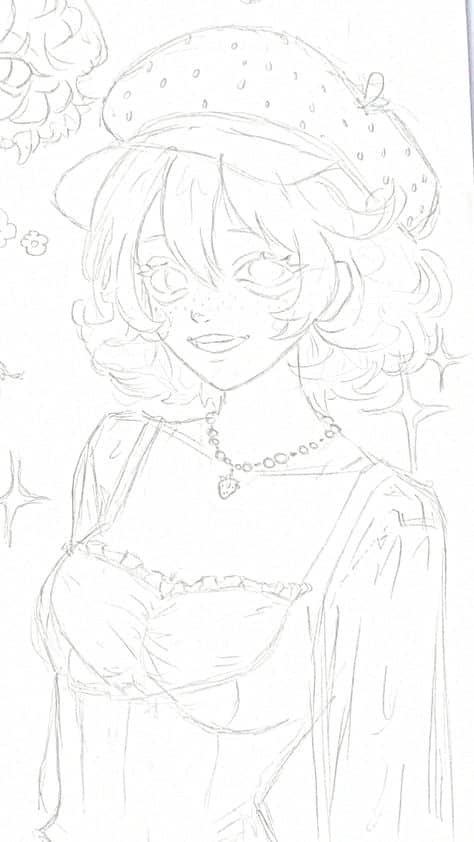
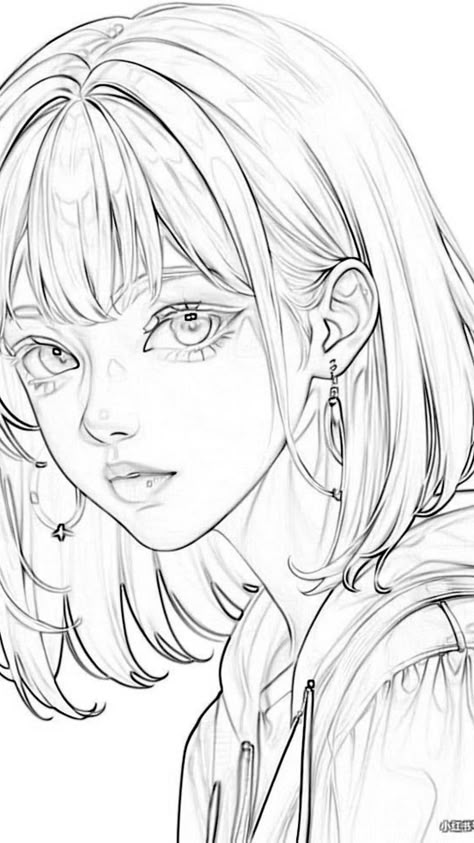
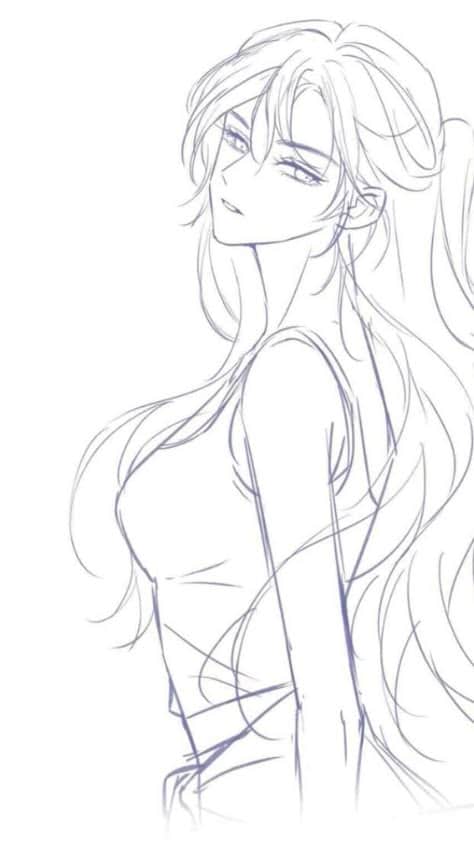
Mastering Human Body Proportions
Getting proportions right helps your body drawings look balanced and believable. Knowing the standard measurements lets you block out the figure quickly and adjust as needed for different characters or styles.
Essential Body Proportions
Human bodies follow certain patterns. Most adults have similar distances between key points, such as the shoulders, waist, and knees. Observing these distances helps you sketch a body that looks natural.
Here are some basic reference points:
- The elbows align with the waist.
- Wrists fall near the top of the pelvis.
- Fingertips reach about halfway down the thighs.
- Shoulders are generally two to three head widths apart.
Use these guides to lay out your drawing from the skeleton up. Mark the joints and main body masses lightly before adding details. Keeping these relationships consistent lets the figure maintain realistic movement.
Head-to-Body Ratios
Artists use the “head” as a standard measurement for the body. Most adult bodies are around 7.5 to 8 heads tall. This setup creates the classic proportions seen in figure drawing. Here’s a common breakdown using the head unit:
| Body Part | Measurement (in heads) |
|---|---|
| Head | 1 |
| Chin to nipples | 1 |
| Nipples to navel | 1 |
| Navel to crotch | 1 |
| Waist to mid-thigh | 2 |
| Mid-thigh to knees | 1 |
| Knees to feet | 2 |
You can use marks along the vertical axis for each segment when sketching your figure. Children have different ratios, being around 5–6 heads tall, which is useful if you’re drawing younger characters.
Adjusting Proportions for Stylization
You might want to exaggerate or modify body proportions to fit specific art styles. For example, superhero comics often use a nine-heads-tall proportion for a more heroic or elongated look. Cartoons sometimes shrink the torso or enlarge the head for a cuter effect.
When adjusting proportions, decide what fits your style. Make hands and feet slightly bigger for expressive cartoons, or keep limbs longer for fashion illustrations. Consistency in your stylized proportions is important—re-use the same systems throughout a drawing or project, so your characters look like they belong together. Always start with basic proportions, then tweak them thoughtfully as your style develops.



Breaking Down the Human Figure
When you draw the human body, understanding the structure of core areas like the torso, pelvis, and neck helps you build more accurate proportions and natural poses. Breaking these parts into simple shapes and forms makes it easier to understand how they fit together.
The Torso and Ribcage
The torso forms the central mass of the upper body, supporting both the shoulders and arms. You can simplify it as an oval or a blocky “barrel” shape to capture its three-dimensional form. This shape not only holds the ribcage but also hints at the way the torso bends or twists.
- The ribcage is slightly wider at the top and narrows at the waist.
- Think of it as a rounded box—front face for the chest and flat sides for the ribs.
- Mark the sternum down the middle to help align the torso.
- The back of the ribcage is where the spine curves gently.
You can sketch the torso from different angles by rotating your “barrel” shape. Pair the ribcage with a line for the spine to show tilt and movement.
Pelvis and Pelvic Bone Structure
The pelvis is the foundation for the lower body and often resembles a flattened bowl or an underwear-like shape. It connects to the spine above and to the thighs below, so its tilt affects hip position and leg direction.
- Visualize the pelvic bone in simple shapes, like a wedge or block.
- The top of the pelvis sits below the ribcage, and the distance between helps define the waist.
- Mark the hip joints with circles on each side to show where the legs connect.
The pelvis is wider for females and narrower for males, so adjust the dimensions to match your figure. Paying attention to the angle of the pelvis can quickly add realism to your poses.
Neck and Shoulder Joint
The neck supports the head and acts as a flexible connection between the head and torso. It can be drawn as a slightly curved cylinder emerging from the upper chest, anchored between the collarbones.
- The shoulder joints attach to the top corners of the ribcage.
- Place them as spheres or circles to show the ball-and-socket mechanic.
- The clavicle (collarbone) creates a visible line from the sternum to each shoulder joint.
Understanding how the neck and shoulders move together helps make arm and head poses look natural. Focus on the way the shoulders can raise or drop, and how the neck bends and rotates to add life to your figure drawings.
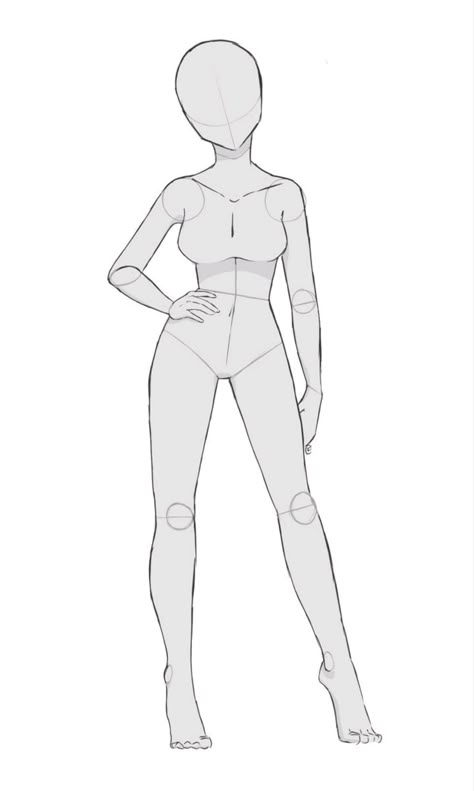

Drawing Limbs and Key Features
When drawing the human figure, it’s important to understand both structure and proportion. Getting the arms, legs, and facial features correct is essential for a natural-looking drawing.
Arms and Hands
Start by visualizing arms as cylinders or elongated ovals. The upper arm (humerus) and forearm (radius and ulna) are roughly equal in length. Notice where the elbow bends; it’s usually halfway between the shoulder and wrist.
When drawing hands, break them down into simple shapes: rectangles for the palm and ovals or segments for the fingers. Fingers curve and taper, and each has three distinct segments except the thumb, which has two. Pay attention to the knuckles and the way the hand arches, as this adds realism.
A handy tip is to sketch the hand fist first, and then gradually open the fingers. This helps you understand both finger alignment and movement. Observe where light and shadow create definition over the knuckles and joints.
Legs and Feet
Legs can also be divided into three main segments: thigh, lower leg, and foot. Use cylinders for thighs (femur) and calves (tibia and fibula). Knees sit roughly at the midpoint between the hip and heel.
Feet are complex but start with a simple wedge or triangle. Toes fan out from the ball of the foot, with the big toe forming a noticeable anchor. The ankle bones show as bumps on either side, but be careful—the inside bump is higher than the outside.
Consider the natural bend at the knee and the forward arch of the foot. Try blocking in the major shapes, then add muscle and bone definition. Observe how weight shifts make one leg bear more load, changing the shape of the thigh and calf muscles.
Facial Features and Cranium
The cranium gives the head its structure. Lay out a sphere for the top and an angled oval for the jaw. A center line from crown to chin helps keep features aligned.
Key facial features—eyes, nose, mouth, ears—sit on predictable lines. Eyes rest halfway down the head, while the nose ends about halfway from eyes to chin. The mouth sits below the nose, but above the midpoint of the bottom half. Ears align between the eyes and the bottom of the nose.
Use light pencil strokes to mark these landmarks before adding details. Don’t forget the three-dimensional curves of the cheekbones and brow ridge, as they help define the face’s shape. Remember, facial differences come from subtle variations in these guidelines, so adjust slightly for unique characters.

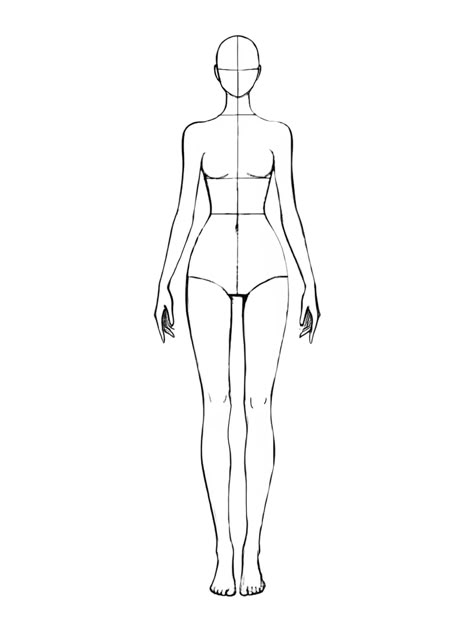
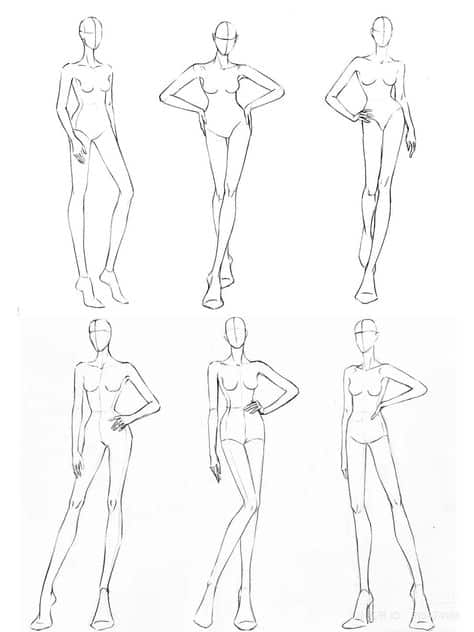
Gesture and Movement in Body Drawing
Mastering gesture and movement is essential if you want to draw convincing, lively people. A strong sense of flow and energy will make your figure drawings feel more real and less stiff.
Understanding Gesture Drawing
Gesture drawing is a quick sketching method that helps you capture the essence and flow of a pose. These sketches focus on movement and posture rather than fine details. The main goal is to represent the action and rhythm in the body.
You don’t have to worry about anatomy or exact proportions when working with gesture. Instead, use long sweeping lines, especially “C” and “S” curves, to follow the general direction of the body. Typically, you’ll spend just 30 seconds to 2 minutes per gesture drawing.
Tips for Effective Gesture Drawing:
- Focus on the overall action.
- Ignore details at first.
- Use confident, fast strokes.
Capturing Dynamic Poses
Dynamic poses show movement, energy, and action. They help you bring drawings to life, making static figures appear as if they’re in motion. Observing the body’s weight shift, counterbalance, and twisted postures will help you capture this energy.
To draw dynamic poses, start by identifying the line of action—the imaginary line that runs through the body, showing its main movement. Sketch the spine’s curve and let the limbs follow naturally. Keep your lines loose and avoid rigid or straight edges.
Checklist for Drawing Dynamic Poses:
- Find the line of action.
- Emphasize body twists and weight shifts.
- Use loose, flowing lines.
Practicing with Life Drawing
Life drawing sessions, where you draw people from real life, are invaluable for improving gesture and movement in your art. These sessions allow you to observe how the body moves, balances, and reacts in space.
You’ll often work through short timed poses, which encourages you to focus on gesture instead of details. This helps train your eye to see quickly and your hand to react smoothly. Over time, this practice improves your ability to draw people naturally and builds your confidence.
Why Life Drawing is Useful:
- Exposes you to a wide range of poses and body types.
- Reinforces quick decision making in your sketches.
- Builds observation skills and muscle memory.
Drawing People in Motion
Drawing people in motion requires you to simplify what you see, breaking down complex movements into basic shapes and lines. Observing athletes, dancers, or even people walking can be helpful. Try drawing from videos or people in public spaces for practice.
Start with a gesture sketch to capture overall movement. Then, use simple forms to build the body, showing direction, speed, and balance. Pay attention to where the figure is coming from and where it’s going, as momentum influences the shapes and angles of the body.
Key Points for Motion Drawing:
- Use quick sketches to capture movement.
- Focus on balance, rhythm, and direction.
- Don’t be afraid to exaggerate the pose for clarity.
Helpful Resources for Improving Your Body Drawing Base
A solid foundation in anatomy and proportion is essential for developing confident and accurate sketches of the human body. Using a variety of targeted resources and exercises can speed up your learning and help you spot areas to focus on next.
Video Tutorials and Online Courses
Online video tutorials make it easy to see how experienced artists build body drawing bases, from initial gesture sketches to final shapes. Platforms like YouTube, Proko, and Skillshare feature lessons on proportions, muscle structure, and dynamic poses.
Most courses let you pause and replay difficult sections, so you can draw along at your own pace. Look for content that covers both male and female anatomy, the placement of landmarks like elbows and knees, and how to construct a sketch from basic forms such as ovals and cylinders.
Some artists share real-time drawing sessions which can help you understand not just what to draw, but how to think through the process.
| Platform | Notable Features |
|---|---|
| YouTube | Free, wide selection |
| Proko | Structured courses |
| Skillshare | Comprehensive lessons |
Recommended Sketching Exercises
Practicing with focused sketching exercises is one of the fastest ways to improve your base drawing skills. Start with gesture drawing—spend 30 seconds to 2 minutes on each pose to capture the movement and flow rather than details.
You can use figure drawing reference sites, live model sessions, or even draw from anatomy textbooks.
Try breaking down the body into simple shapes: circles for joints, rectangles for torso and pelvis, and lines for limbs. This helps with proportion and makes the construction process manageable.
List of common exercises to practice:
- Gesture sketching sessions
- Drawing body bases from multiple angles
- Sketching specific body parts, like hands and feet
- Copying anatomical diagrams to reinforce muscle and bone structure
- 5.2Kshares
- Facebook0
- Pinterest5.2K
- Twitter0

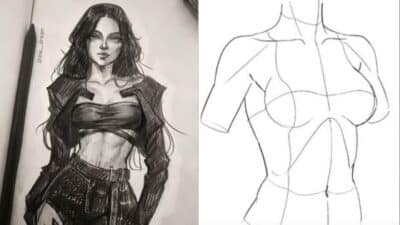
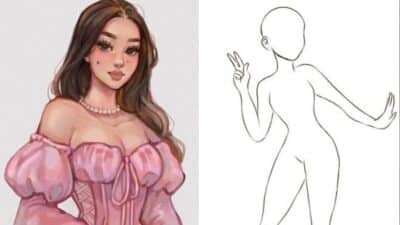
Helped some felt like more pictures would’ve maybe helped more